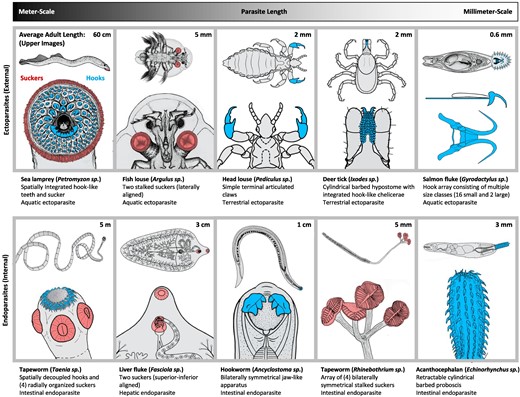2024-12-05 ノースウェスタン大学

Postdoctoral fellow Hossein Zargartalebi, the study’s first author, holds the first-of-its-kind sensor, which monitors fluctuating proteins within the body in real time.
<関連情報>
- https://news.northwestern.edu/stories/2024/12/shaking-sensor-continuously-monitors-inflammation/
- https://www.science.org/doi/10.1126/science.adn2600
アクティブ・リセット・タンパク質センサーにより、生体内での炎症の連続モニタリングが可能になる Active-reset protein sensors enable continuous in vivo monitoring of inflammation
H. Zargartalebi, S. Mirzaie, A. GhavamiNejad, S. U. Ahmed, […], and S. O. Kelley
Science Published:5 Dec 2024
DOI:https://doi.org/10.1126/science.adn2600
Editor’s summary
Reagentless biosensing, which is typically based on affinity receptors such as antibodies or aptamers, has the intrinsic challenge of slow dissociation of protein analytes, especially for the high-affinity interactions needed to achieve high sensitivity. This challenge has impeded the ability to do continuous sensing. Zargartalebi et al. used high-frequency oscillation of positive voltage onto sensing electrodes to substantially accelerate the dissociation of protein analytes (see the Perspective by Wang). The main advantages include simple implementation and potentially universal applicability on different sensor designs. The authors implemented their electrodes onto a microneedle device and showed that they could track cytokine levels related to diabetes in a mouse model. —Marc S. Lavine
Abstract
Continuous measurement of proteins in vivo is important for real-time disease management and prevention. Implantable sensors for monitoring small molecules such as glucose have been available for more than a decade. However, analysis of proteins remains an unmet need because the lower physiological levels require that sensors have high affinities, which are linked to long complexation half-lives (t1/2 ~20 hours) and slow equilibration when concentrations decrease. We report active-reset sensors by use of high-frequency oscillations to accelerate dissociation, which enables regeneration of the unbound form of the sensor within 1 minute. When implemented within implanted devices, these sensors allow for real-time, in vivo monitoring of proteins within interstitial fluid. Active-reset protein sensors track biomarker levels on a physiological timescale for inflammation monitoring in living animals.


